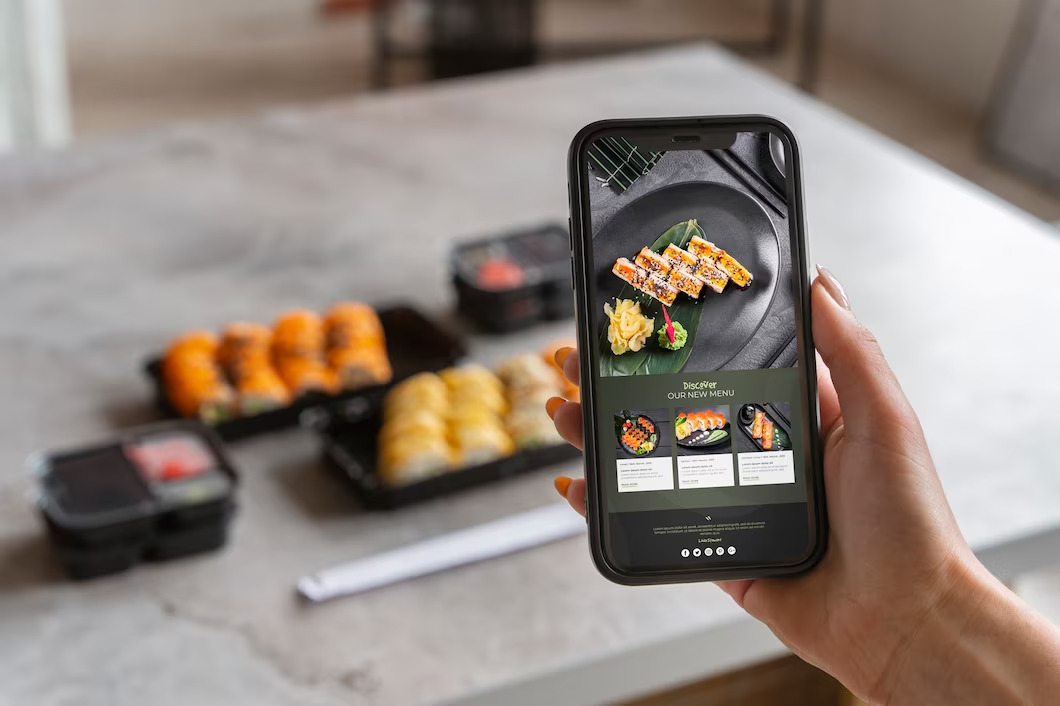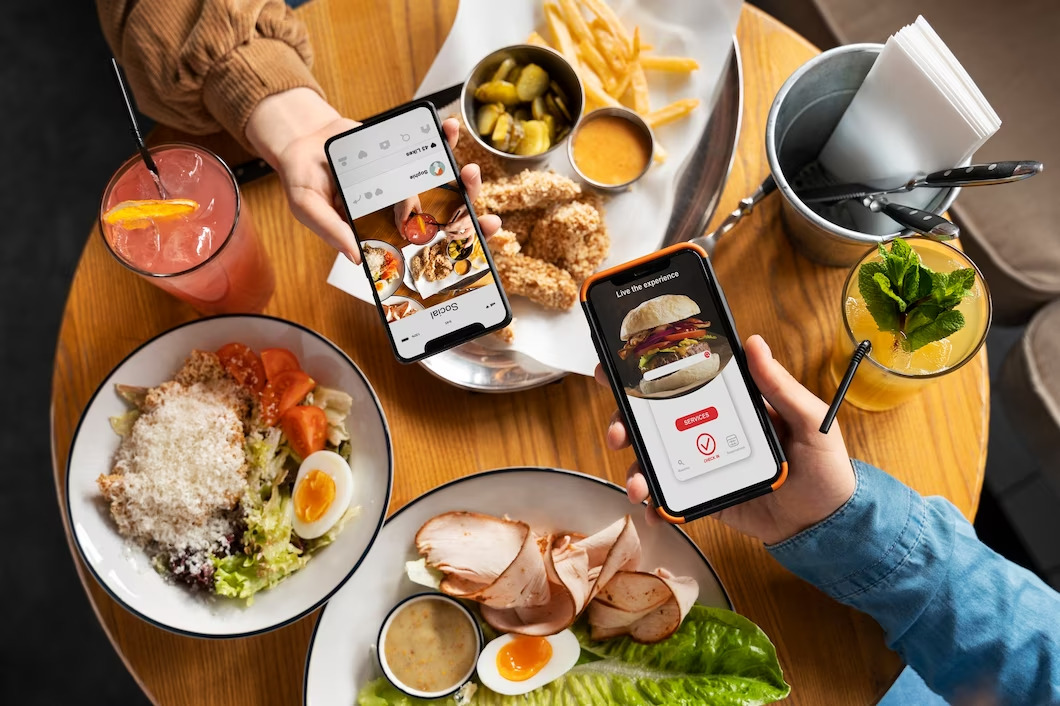The food industry is no stranger to innovation, and the emergence of ghost kitchens is a testament to that. Ghost kitchens, also known as virtual kitchens, cloud kitchens, or dark kitchens, are a disruptive force transforming the way we think about food delivery and restaurant operations.

In this article, we will explore what exactly a ghost kitchen is, how it operates, and the impact it has on the food industry.
Defining Ghost Kitchens
A ghost kitchen is a professional food preparation facility that exists solely to fulfill delivery or takeout orders. Unlike traditional brick-and-mortar restaurants, ghost kitchens do not have a physical dining area for customers. Instead, they leverage online ordering platforms and third-party delivery services to reach their customers directly, often operating out of a shared kitchen space or even repurposing existing restaurants during off-peak hours.
The Inner Workings of Ghost Kitchens
Ghost kitchens optimize the food preparation process for efficiency and cost-effectiveness. By eliminating the need for a dine-in experience, they can focus on streamlining operations to maximize productivity. These kitchens typically operate with a small staff, consisting of chefs, kitchen assistants, and delivery drivers. They prioritize speed and accuracy, ensuring that orders are prepared and delivered to customers promptly.
Technology plays a pivotal role in the functioning of ghost kitchens. From order management systems to kitchen display screens, automation, and digital tools are used to track and process orders efficiently. This integration of technology enables streamlined operations, minimizing errors and enhancing overall productivity.
Types of Ghost Kitchens
There are several types of ghost kitchens, each with its unique characteristics:
- Independent Ghost Kitchens: These are standalone ghost kitchens that operate as separate entities, offering their menus and branding. Independent ghost kitchens have the flexibility to experiment with various cuisines and concepts, catering to specific customer preferences.
- Virtual Brands: Virtual brands are an exciting offshoot of ghost kitchens. Instead of establishing an entirely new kitchen, existing restaurants can create virtual brands that operate exclusively through online delivery platforms. This allows restaurants to expand their offerings without the need for additional physical space.
- Commissary Kitchens: They serve as shared spaces where multiple restaurants or virtual brands can prepare their food. This model reduces overhead costs by optimizing the use of kitchen space and equipment, making it an attractive option for startups and smaller establishments.

The Impact on the Food Industry
The rise of ghost kitchens has profoundly impacted the food industry, reshaping how food is prepared, delivered, and consumed. Here are some key effects:
- Cost Efficiency: Ghost kitchens eliminate the need for expensive dining areas and front-of-house staff, significantly reducing operational costs. This cost savings can be passed on to customers, making delivery and takeout options more affordable.
- Increased Delivery Speed: With dedicated kitchen spaces and optimized operations, ghost kitchens can prepare and deliver food at a much faster pace than traditional restaurants. This enhanced efficiency improves customer satisfaction and loyalty.
- Adaptability and Innovation: Ghost kitchens provide an avenue for culinary experimentation and innovation. Entrepreneurs and chefs can launch new concepts and test different menus without the constraints of a physical location. This fosters a dynamic and diverse food landscape.
- Expansion Opportunities: Ghost kitchens allow restaurants to expand their reach beyond their immediate location. By partnering with third-party delivery services, they can cater to a wider audience without the need for expensive brick-and-mortar expansions.
- Environmental Impact: With a primary focus on delivery and takeout, ghost kitchens can help reduce the environmental footprint associated with traditional dining establishments. By consolidating orders and optimizing delivery routes, they contribute to minimizing carbon emissions.
Learn more at Wiki as well.
